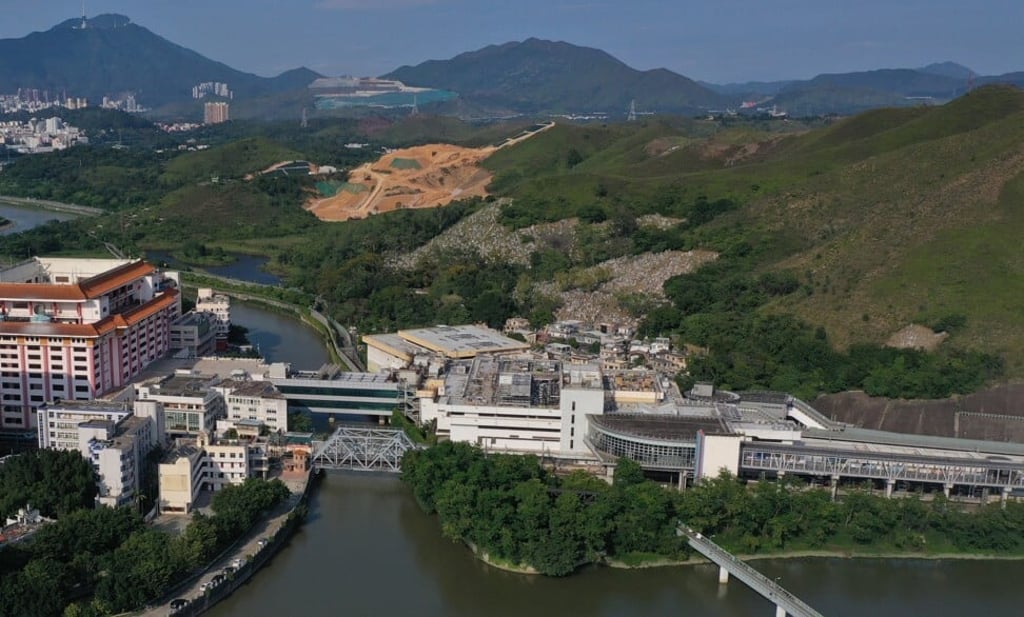Opinion | No room for Nimbyism as Hong Kong seeks space for its dead and daily waste
- Shenzhen has complained about the Sandy Ridge Cemetery extension, which can be seen from its downtown district, and who can blame them?
- We should take collective – and creative – responsibility for the columbariums, incinerators and landfills we need, not push them onto someone else’s back (or front) yard

The Nimbyism – not in my backyard – phenomenon is global and very human. After all, who wants an unappealing landfill, unsightly incinerator or potentially “unlucky” columbarium in their neighbourhood?
Finding a site for these often unwelcome yet absolutely necessary facilities is an urban planner’s worst nightmare. Site proposals often come up against objections from district councils, environmentalists and concerned citizens, courting controversy everywhere they are proposed. Therein lies the challenge.
The solution was to build the landfills, incinerators and columbariums in relatively remote areas, pushing the problem out of sight and out of mind. Hong Kong’s three active landfills were strategically sited in Tuen Mun in the West New Territories (WENT Landfill), Ta Kwu Ling in the North East New Territories (NENT Landfill) and Tseung Kwan O in the South East New Territories (SENT Landfill).
Development of the SENT Landfill started in the early 1990s just after Tseung Kwan O residents began moving into the newly developed area. Today, the town’s population has grown to around 414,000 and the SENT Landfill is now close to residential areas and emitting a distinctive odour. What was once remote is now nearby.
A similar situation has transpired in the northern part of Hong Kong, which was originally deemed to be far away from the general population.


